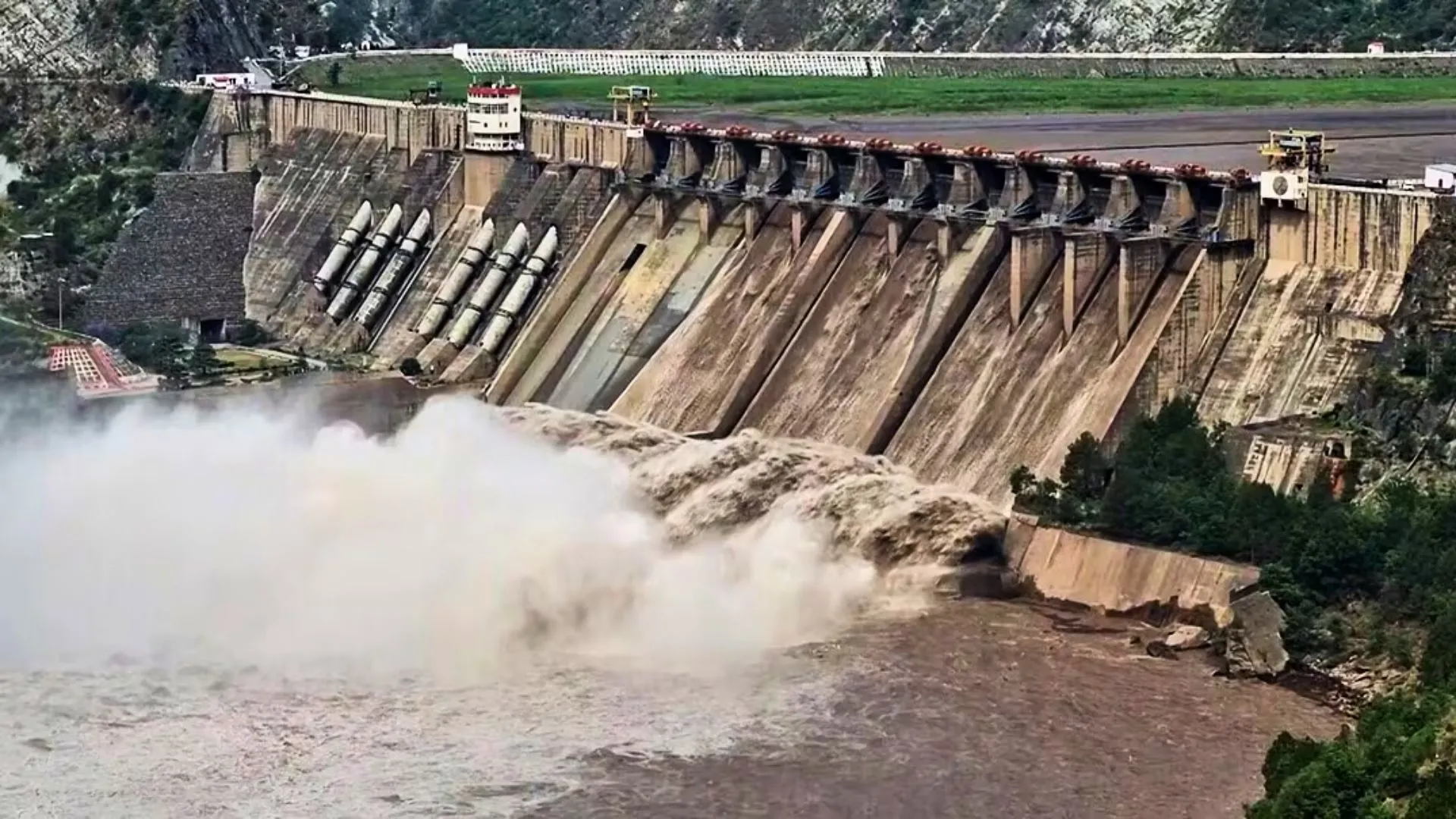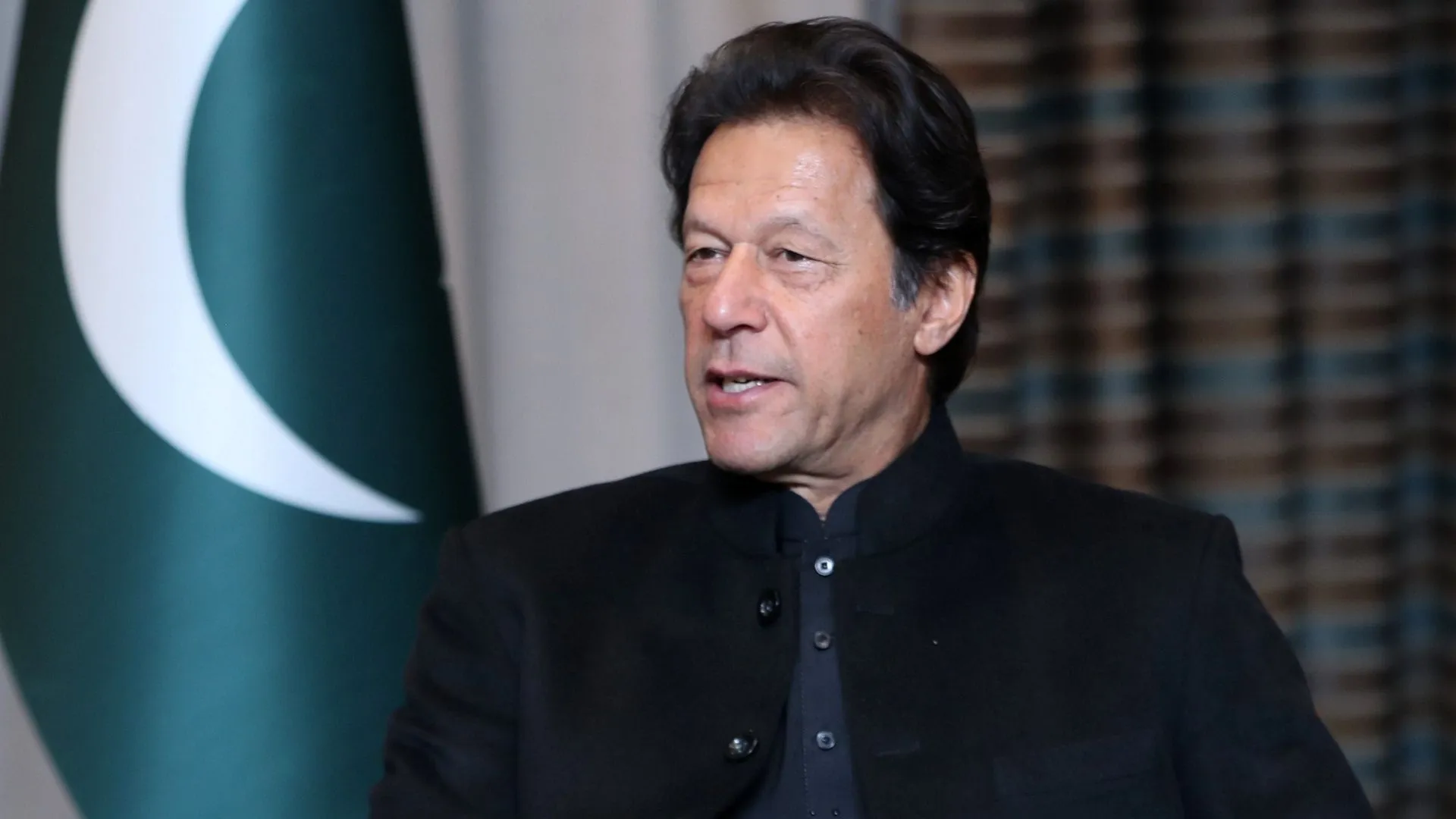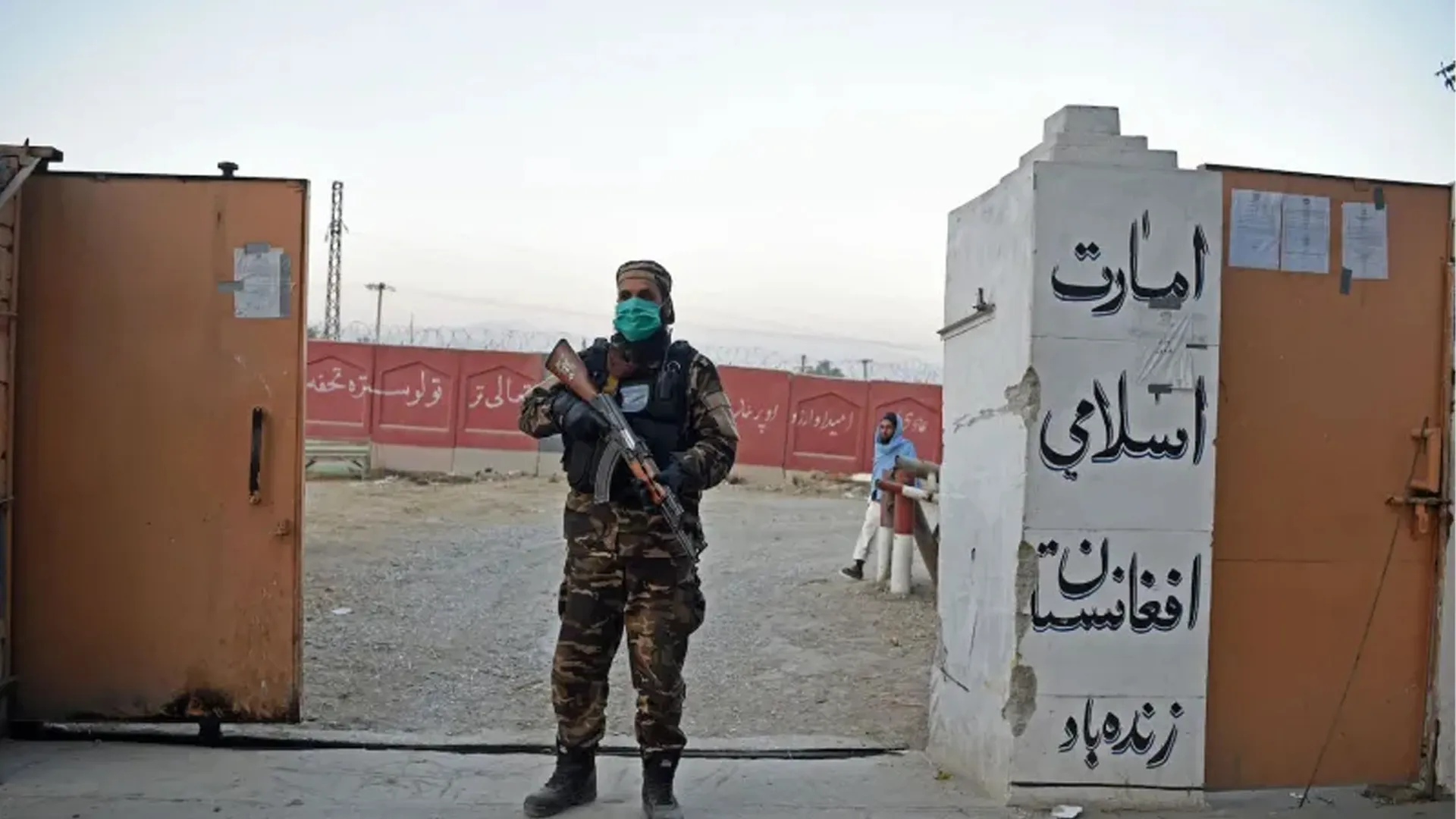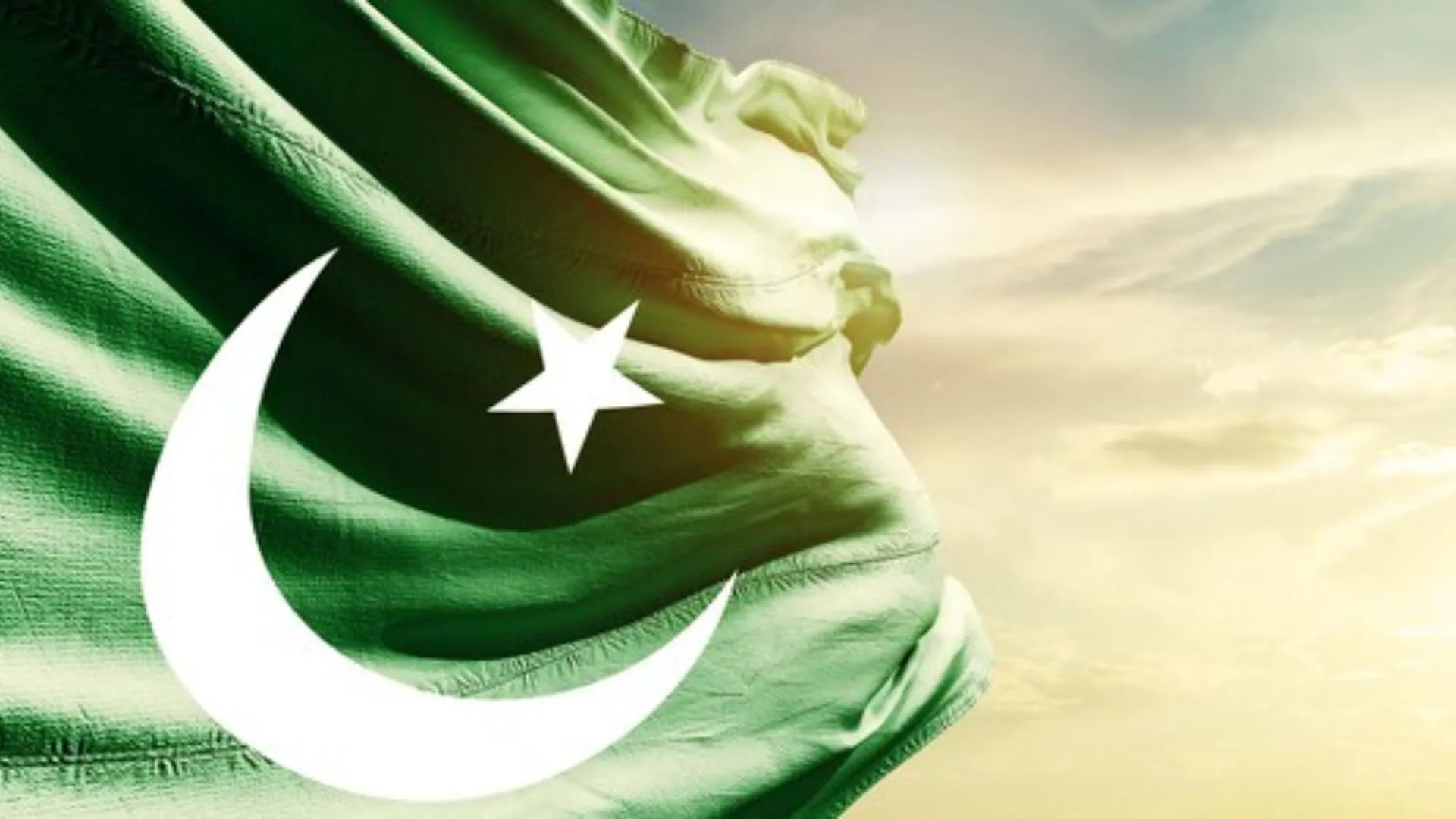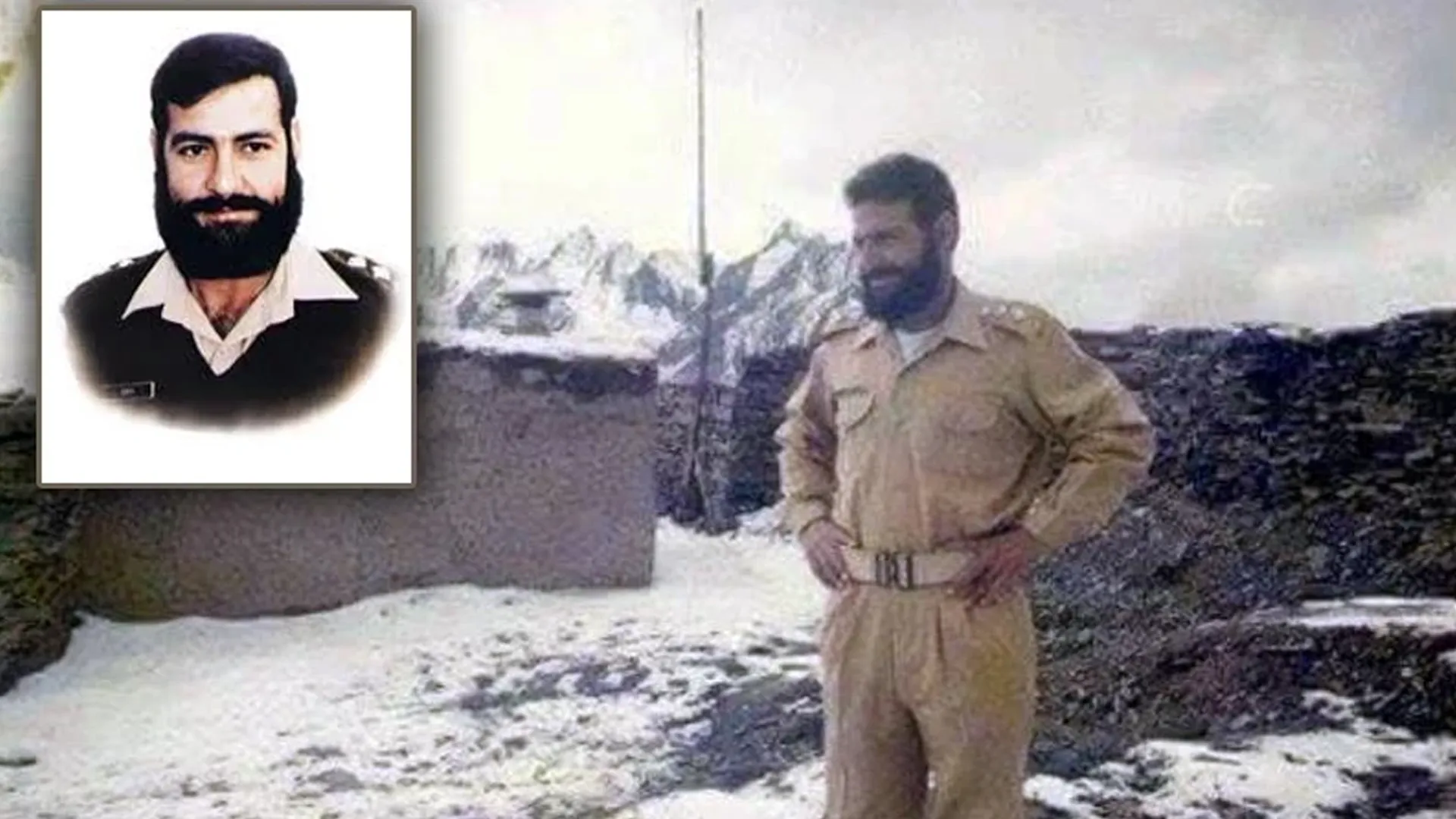Pakistan is experiencing a critical water crisis due to the restriction of river flow by India under the Indus Waters Treaty, resulting in a 15% decline in Indus Basin water flow. Statistics viewed by CNN-News18 indicate that on June 5, water discharge fell to 1.24 lakh cusecs in Pakistan’s Punjab from 1.44 lakh cusecs last year on the same day.
Reservoir levels at Pakistan’s major dams have dropped perilously low to their dead level, signaling alarm for the Kharif season. The government of Pakistan predicts a probable 21% water shortage and has accused India of conducting “water war.”
Dams Near Dead Levels
Recent statistics show a critical condition in Pakistan’s dams. Tarbela Dam on the Indus in Khyber Pakhtunkhwa stands at 1,465 metres, barely above its dead level of 1,402 metres. Chasma Dam in Punjab is at 644 metres, just six metres from its 638-metre dead mark.
Mangla Dam on the Jhelum in Mirpur has also dropped to 1,163 metres, uncomfortably close to its dead level of 1,050 metres. Water cannot drain by gravity below the threshold, making the reservoirs nearly useless for agriculture.
Punjab’s Kharif Season under Threat
A senior government official told CNN-News18 that the Kharif season, running from June to September, now faces a major threat. Since rainfall has not yet arrived and India has cut water supplies, crops across Pakistan’s Punjab face serious risk.
Chenab’s average discharge in Marala in Sialkot went from 26,645 cusecs on May 28 down to as little as 3,064 cusecs by June 5. The officials are concerned that the deficit could ruin early planting and irrigation phases.
Complementing the water crisis, Pakistan is expecting a severe heatwave from June 8. Day temperatures are expected to climb 5 to 7°C over average in central and upper Punjab, Islamabad, Khyber Pakhtunkhwa, Kashmir, and Gilgit-Baltistan. The heatwave may increase water consumption, further straining Pakistan’s weak reserves.
Treaty Dispute Intensifies
Tensions have escalated since India decided to leave the Indus Waters Treaty on hold. New Delhi states that it will no longer endure both “blood and water” to flow towards Pakistan. PM Narendra Modi, who spoke on May 27 in Gujarat, justified the decision. He asserted that India was entitled to its share of water and blamed previous governments for their lack of vigilance.
PM Modi also condemned the restriction on desilting and dam gate operations in Jammu and Kashmir, saying the system took available reservoir capacity down from 100% to just 2-3%.
Pakistan Calls It “Act of War”
Pakistan has reacted with diplomatic indignation, dispatching four letters requiring India to reconsider its move. It blamed India for violating international norms and precipitating a crisis by obstructing supplies through the Chenab River. Authorities state that future clashes may occur over water if the current stalemate persists.
India and Pakistan agreed to the Indus Waters Treaty in 1960 with the World Bank as mediator. It allocated India the right over the eastern rivers—Beas, Ravi, and Sutlej—and Pakistan the right over the western rivers—Indus, Chenab, and Jhelum. Each country had rights to limited use of the other’s rivers for hydropower and agriculture.
Now, the treaty is yet another point of contention in a tense bilateral relationship, with Pakistan observing its reservoirs shrink and crops dwindle.

